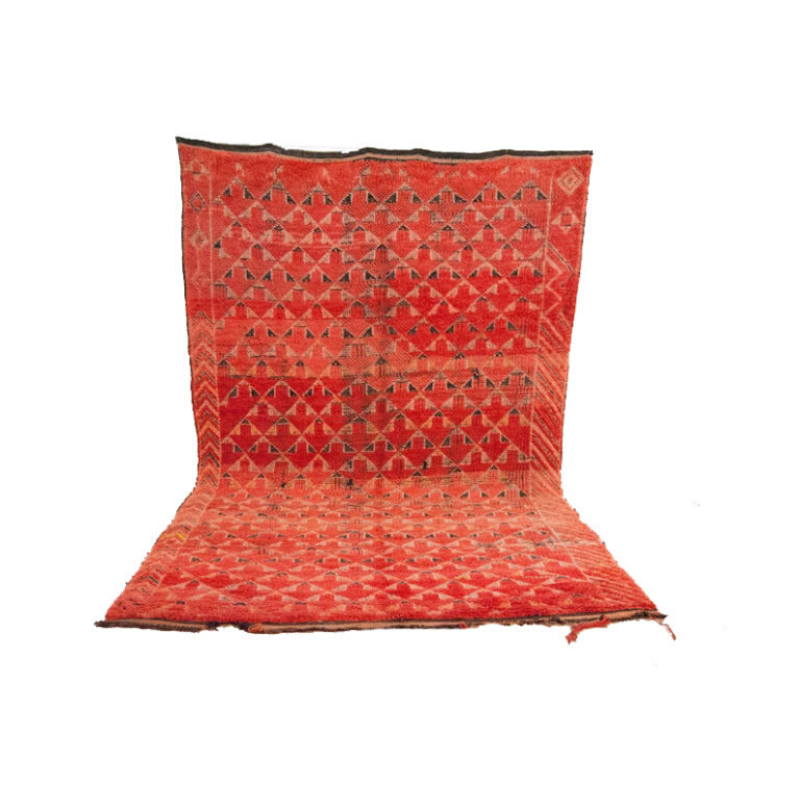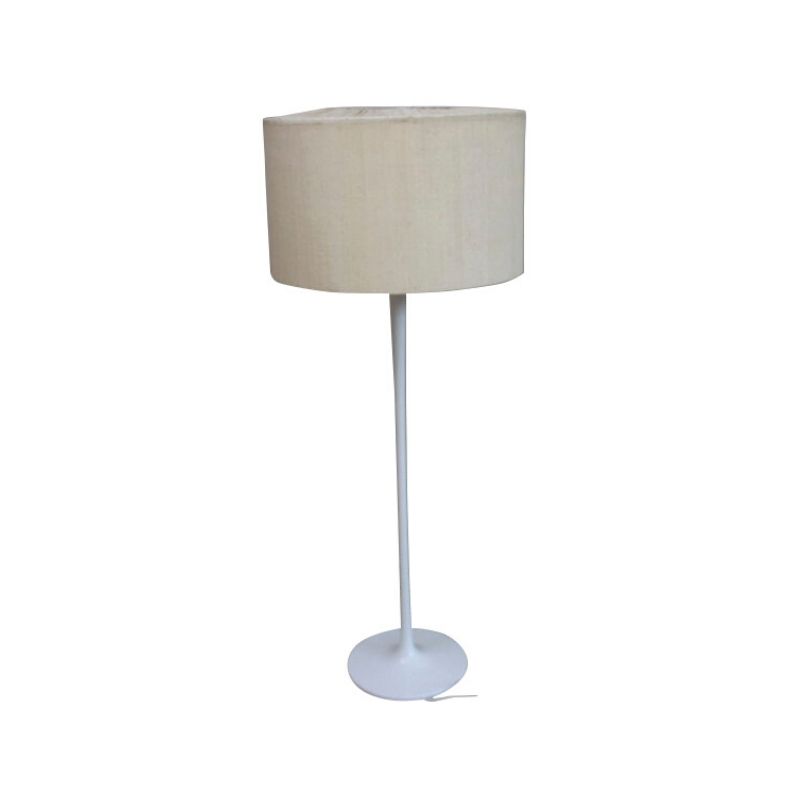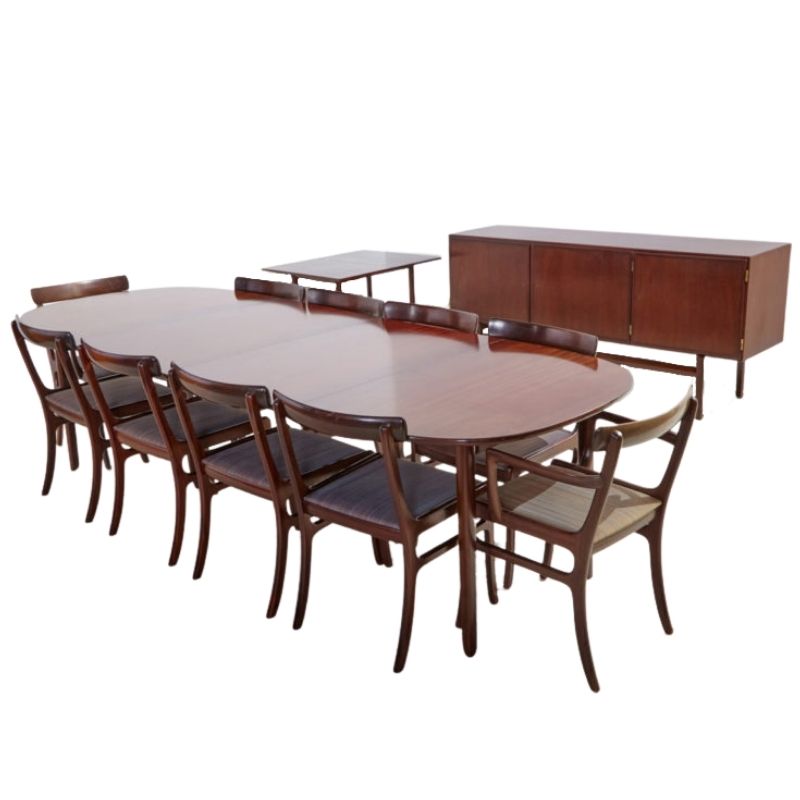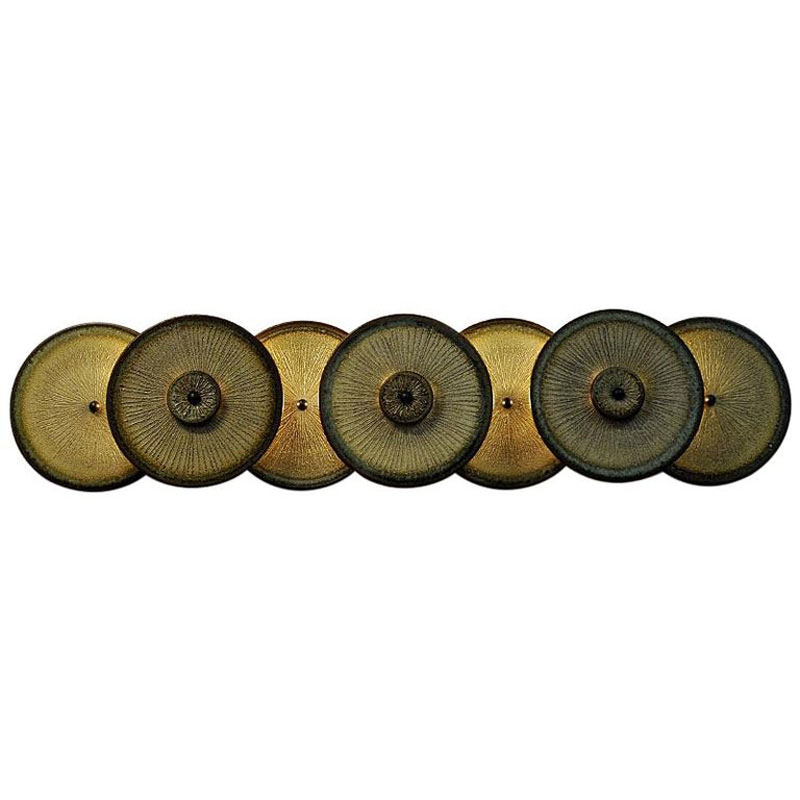In my search for additional Russell Wright pieces, and my receipt of some killer vintage glasses from my brother and his wife, I notice that vintage dinnerware is smaller on average .... especially bowls and coffee cups.
Which came first the portion size change or the change in design? Was the design changed due to the demand of increasing appetites?? I am assuming so, but could design have had a positive role by locking it's heels and keeping the sizes the same?
interesting question...
Having worked in the that field for a long time, I think the evolution of sizes is even stranger than you think. It is the decrease in size, in other words the smaller portions that have created the larger sizes in most dinnerware. What chnaged first was the proportion between the dinnerware and the food. Nouvelle cuisine and other portion reducing trends have changed our perception of the proportion of full versus empty on the plate. When portions increased so did the plates...just to keep the same proportions.
The other major influence has been salads as a main course. It has increased dramatically the need for larger bowls. I am sure others on DA have some insight on this to.
great topic 🙂
when I think about it deeper, I must say that the biggest difference is in aesthetics aspects. Traditional food of our country isn't so "good looking", it is more about cheap food that fills the stomach 🙂
these days, when it's served in restaurants, you get decoration from vegetable, or some decorative lines "painted" with sauce, what needs more space, and so bigger plates are needed. So i think this eye-pleasing "function" of food has a great influence on design of dinnerware.
And one special piece of dinnerware that came with cereals eaten for breakfast are definitely those little ceramic bowls 🙂 we hadn't anything like that before our market opened... (just very little ones for fruit or cream :)...
Old china patterns
had 8 inch dinner plates. Now a standard dinner plate is 10 inches. And I don't know what this anecdote says about the future, but my 19 year old son eats off of my 14 inch charger platters when I'm not looking simply because they hold more, not because the food looks nicer on a larger plate!
I did not realize that....
...a cereal bowl could be the result of a dramatic change in political structure, but eating from a charger plate certainly could become the start of some other dramatic changes. I can not remember smaller than 10" (25 cm) dinner plates and I do remember that early dishwashers where designed for that 10? size, but eating habits must have been part of the choice of sizes. With eating habits I mean the different traditions on how to serve and eat. Some regions prefer a particular sequence others fill their plates with meat or fish, some choice of vegetables and rice, potatoes or any other "bulk" ingredient all at the same time. Here in North America, we serve salad separately in a salad bowl or on a salad plate, which is not very common in Europe?etc.
I still have a 1961 publication of Svenska Slöjdföreningen on dinnerware by Bo Gunnar Lindgren. It is an over 200 pages study in the spirit of the kind of research that was so well described in the Norwegian/Swedish movie "Kitchen Stories". I do not know how many of these studies are still around but fore anyone either in design or anthropology interested in Scandinavian eating habits in the mid century it is a gold mine.
I would add...
Based on what Koen said, I would expand as follows.
Nouvelle's small portions lead to a lot of open space on plates in high end restaurants. Open space and decoration of it with sauces and garnishes became associated with sophisticated cuisine.
The open space look never caught on at family chain retaurants. They continued to fill the plates as usual.
High end restaurants got tired of hearing many persons complain about the small portions, but new every one like the decorated open spaces of the plate with sauces and garnishes, so they sought bigger plates that could hold larger portions and still allow the cooks to decorate the plates.
The bigger plates and the smaller plates became an option for high brow and chain restaurants to choose between.
Everyone opted for the bigger plates to create more spectacle for the customer.
High brow restaurants ramped up portions to a point on the bigger plates that they allowed more food, but also allowed "sophisticated" plate decoration by cooks.
Chain restaurants, competing hard for the steak house male and the family biz, opted for the big plates and just piled on the food to come to be known as "that place that give you enormous helpings."
Look for plates to shrink, portions to shrink, and for the salad to move on to the main plate.
The central bank owners mandated demand 25% destruction for USA beginning three years ago, leaked it through CFR, Bilder meetings and Trilateral meetings the last two years, and the demand destruction is now in full swing. All forecasts call for very flat economic activity in USA for 5-10 years after we hit bottom and we are no where near bottom yet. Europe and China and Japan have no choice but to contract as well. China has taken the biggest hit in growth rate, but because it was growing at triple the rate of USA, Europe and Japan, it still has a healthy growth rate of 8-9%, and wins in a game of last man standing vis a vis the USA, European and Japanese economies which have essentially flat lined.
The only question is are we going to see a Great Depression 2.0, with 10 years of price deflation, or are we going to see ten years of slow growth from a near depression. The latter is what the central bankers would prefer, but the world is a complicated place and their use of interest rates and currency dumping are incredibly blunt edged tools to manage a global economy with as many nodes in varying stages of development as this one has.
Three more points
1) Disposable tableware
What bring my attention and find remarkable is the so much extensive use of the "disposable tableware". And between other issues, the huge amount of garbage that produces, of course recall me how right is Olive's with her prayers. (Please Olive, never give up!)
I'm referring that to the States, but in Canada has also an extensive use as I heard.
Neighbours of food chain fight with employees because the garbage's bags invaded more than the area of the restaurant; poor employee simply doesn't fit such amount of garbage in the size of the street for that restaurant.
I 'd say that could be understandable at some point in fast-food chains (not necessary), but people is so use to do it that it's OK to used everywhere, parties, meetings, everywhere. And large quantities, 1, 2 or 5 for a single use it's the same, have no cost, or perhaps makes me feel that if they give me 2 or 4 I get "more". (!?"more of what?")
It's like in some-places you can have pleasure drinking tap water in a wonder full designed glass, and in America (should I say Anglosaxon-America?) one may reach to similar pleasure drinking (expensive) champagne in a paper cup.
I refuse to see it as a sign of "modernity" as was suggested in a video on plastics posted here sometimes.
I remark this because it's not the way is in other places.
This comments reminds me now some designs in china-ceramic copying the style of the "paper cups" (called cups?). I don't have a link now, but there are many if I'm not wrong.
When I saw them, at that moment, I found them not interesting, but seen them after saying that, I 'd find them as a manifesto: "If you are so used to it, and it's part of your way of life, don't give it up, but use this as a green option"
p.s.: Now that I remember Ikea and paper cups, Eating at Ikea fast food in some American stores, as they don't serve in Disposable tableware, that little detail, makes you feel you are almost eating at the best Scandinavian restaurant.
Bigger portions
2)
Other notable thing is that the size of portions and drinks are clearly bigger.
I find interesting this note by our friend fotzepolitic (from Ikea gift great thread)
"IKEA does sometimes alter their designs for the market. For example, they found that they were selling an inordinate quantity of a certain type of vase, in their U.S. market. Then when studying this, found Americans were using them as drinking glasses, because their glasses were too small! So they made larger glasses for this market."
I'm not going to add much.
I'd only change: "because their glasses were too small" as you prove in his sentence, I'd say "YOUR glasses are huge, so huge that need to drink in vases"
🙂
p.s.: It's not that in other places drink less water, but serve 2 or 3 times.
I want to try that food !
3)
My/Our Dear brnki said:
"when I think about it deeper, I must say that the biggest difference is in aesthetics aspects. Traditional food of our country isn't so "good looking", it is more about cheap food that fills the stomach :)"
Dear dear brnki,
One one side, I never thought that full stomachs it's so bad...
Here and in many places we had food that fills our eyes, but almost not the stomach. (This can be apply to fast food as well as to Nouvelle cuisine 😉 )
(On fast food I'm referring to the ads with many signs whit stars and cute graphic design on the papers, That made me realize a Burger king ad or similar referring to a the attractive Mac Donald's ads at the same time they reduce it the size of the burgers...)
On the other side
please let me tell you a story:
Just in the other corner of my store, there was a traditional bar-bristo- restaurant, The owner was Jesus, a Spanish immigrant from Galicia, that served it himself with his wife, every day do all the work open and closed, He used to serve big slices of ham cut by himself with a knife. He also served the traditional "picadas and vermu" (At a point that many could see that as an vulgar, poor or gross in those days, just 6 years ago)
but the neighborhood was becoming more trendy and he more old, so he decided to retire and rent it. First he rent it to the son of Olmedo, a very famous local actor, but didn't worked (perhaps just only being famous doesn't warranty success!), And then was rented again to another one that re-restored as much as Jesus left it.
Now everybody, specially tourists, can eat in "lo de Jesus", with the sign "Lo de Jesus since 1953"
Just 2 or 3 difference between the other and this Jesus, a bit of some kind of restoration, I guess the restrooms, and last thing the price, what used to cost $10, now could cost at least $50-70.
The moral of the story: I want to try that "cheap food that fills the stomach" before it comes trendy and very expensive!
Realize that before tourist like me want to invade your country to try that cheap food that fills the stomach, as in the old days. And be lucky if some Slovakian realize of that before some foreign investor comes "to save the authentic tradition of Slovakian people" before of you.
By the way I love (your?) "goulash" that doesn't look good but with so delicious and tasty!
ps general: As an Argentine, I could't leave this thread on meals without a comment.
(-:glutton face here:-)
English comment links http://www.lodejesus.com.ar/prensaimagenes/herald2.htmhttp://www.lodejesus.com.ar/prensaimagenes/time-out.htm
http://www.lodejesus.com.ar
If you need any help, please contact us at – info@designaddict.com









